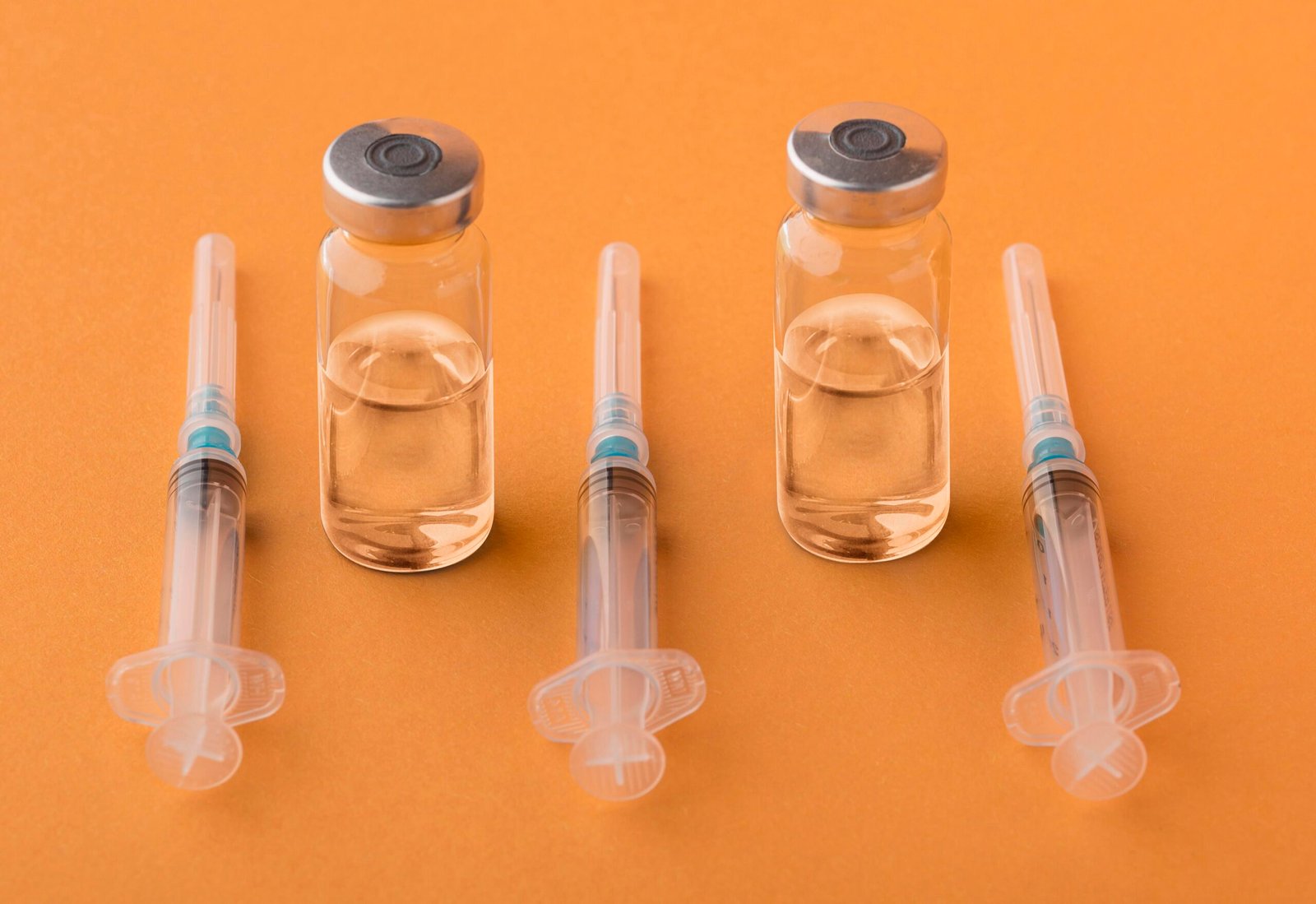When preparing for the North American Pharmacist Licensure Examination (NAPLEX), pharmacy students are expected to be proficient in various calculations related to drug dosages and conversions. One key conversion pharmacists must master is the conversion between milliliters (mL) and ounces (oz), as it is essential for interpreting prescriptions, compounding medications, and ensuring accurate patient care. In this article, we’ll dive deep into the conversion process, offer some tips for making these conversions easier, and provide a formula that can be applied in clinical practice or during the NAPLEX exam.
Understanding the Metric and Imperial Systems
Before getting into the conversion process, it’s important to recognize that milliliters (mL) belong to the metric system of measurement, whereas ounces (oz) are part of the imperial system. Pharmacists in the U.S. often encounter both systems, as medications can be dispensed in milliliters, but patients may reference ounces, especially when measuring liquids at home. Understanding how to fluidly convert between these units is critical.
Milliliters (mL): A milliliter is a unit of volume in the metric system. It is commonly used in medicine for measuring liquid doses. One milliliter is equivalent to one-thousandth of a liter.
Ounces (oz): In pharmacy, the ounce commonly refers to the fluid ounce, a unit of volume in the imperial system. This unit is frequently used in household measures in the U.S.
Why the Conversion is Important for the NAPLEX
Pharmacists are responsible for dispensing the correct volume of medication, and sometimes physicians or patients may give instructions using ounces rather than milliliters. For example, a patient might be told to take 1 ounce of a liquid medication, but the pharmacist needs to dispense that medication using milliliters, as most liquid medications in pharmacy are labeled with mL measurements.
If you are unfamiliar with converting between these units, you may miscalculate and dispense the wrong amount of medication, which could have serious health consequences. The NAPLEX tests your ability to handle these real-world scenarios, making this conversion knowledge indispensable.
The Formula for Converting mL to oz
The key formula to memorize for the NAPLEX is:
1 \text{ fluid ounce (oz)} = 29.5735 \text{ milliliters (mL)}
This means that to convert a volume from milliliters to fluid ounces, you can use the following formula:
\text{Volume in ounces (oz)} = \frac{\text{Volume in milliliters (mL)}}{29.5735}
Conversely, to convert fluid ounces to milliliters:
\text{Volume in milliliters (mL)} = \text{Volume in ounces (oz)} \times 29.5735
Example Conversions
Let’s look at some examples to solidify this concept.
Example 1:
Convert 60 mL of a liquid medication to fluid ounces.
Using the formula:
\text{Volume in oz} = \frac{60 \text{ mL}}{29.5735} = 2.03 \text{ oz}
Thus, 60 mL is approximately 2.03 fluid ounces.
Example 2:
A patient is instructed to take 1.5 ounces of cough syrup. How many milliliters should you dispense?
Using the formula:
\text{Volume in mL} = 1.5 \times 29.5735 = 44.36 \text{ mL}
So, you should dispense 44.36 mL of the medication.
Tips for Mastering the Conversion for the NAPLEX
1. Memorize the key conversion factor: Remembering that 1 oz = 29.5735 mL will help you perform these calculations quickly. For the sake of speed, you can round 29.5735 to 29.57 or 30 mL depending on the situation, but be cautious when accuracy is crucial.
2. Practice with real-world examples: When preparing for the NAPLEX, practice using different prescription examples, such as converting liquid dosages from mL to oz and vice versa. This will build your confidence and speed.
3. Use a calculator when possible: Though you should be able to perform the conversion manually, the NAPLEX allows the use of calculators. Be sure to use your calculator accurately to avoid rounding errors or incorrect inputs.
4. Understand common volumes: Familiarize yourself with common volumes of medications that may appear on the exam. For example, 30 mL (roughly 1 oz) is a common dose for liquid medications like cough syrups. Similarly, 15 mL (0.5 oz) is a frequent measurement for smaller doses.
Common Mistakes to Avoid
1. Confusing fluid ounces with weight ounces: It’s important to note that the ounce used in these conversions is the fluid ounce, a measure of volume, and not the ounce used to measure weight (which is more common in other areas of pharmacy practice).
2. Rounding too early: While rounding is sometimes necessary for quick calculations, rounding too early can lead to inaccurate results. Only round your final answer, not intermediate steps.
3. Forgetting the units: Always ensure that you correctly label your answer with either mL or oz, depending on what the question or prescription is asking. Forgetting units or mixing them up can lead to serious errors in practice.
Practice Problems
To further enhance your skills, try solving these practice problems:
1. Convert 120 mL of a solution to fluid ounces.
2. A patient is instructed to take 2.5 ounces of an electrolyte solution. How many milliliters should you dispense?
Answers:
1.
2.
Conclusion
Converting milliliters (mL) to ounces (oz) is a fundamental skill for pharmacists, especially when preparing for the NAPLEX. Mastering this conversion ensures that you can provide accurate dosages, improving patient care and reducing the risk of medication errors. By memorizing the key conversion factor, practicing regularly, and avoiding common mistakes, you can confidently handle any mL to oz conversions that come your way during the exam or in clinical practice.
